1)Santos R.G., et al. “Effects of ayahuasca on psychometric measures of anxiety, panic-like and hopelessness in Santo Daime members” J Ethnopharmacol. 2007 Jul 25;112(3):507-13
2)Sanches R.F., et al “Antidepressant Effects of a Single Dose of Ayahuasca in Patients With Recurrent Depression: A SPECT Study” J Clin Psychopharmacol. 2016 Feb;36(1):77-81.
3)Hemmati Ali A., et al. “Topical grape (Vitis vinifera) seed extract promotes repair of full thickness wound in rabbit”. (October 2011) International Wound Journal. 8 (5): 514–520.
4)Rivera-Arce E., et al. “Therapeutic effectiveness of a Mimosa tenuiflora cortex extract in venous leg ulceration treatment”. J Ethnopharmacol. (February 2007) 109 (3): 523–8.
5)Kan, W. S. “Leguminosae.” Manual of medicinal plants in Taiwan 2 (1978): 239-240.
6)Wang, Dong-Mei, et al. “Ganoderma multipileum, the correct name for ‘G. lucidum’in tropical Asia.” Bot Stud 50 (2009): 451-458.
7)Ray, Thomas S. “Psychedelics and the human receptorome.” PloS one 5.2 (2010): e9019
8)Rabin, Richard A., et al. “5-HT2A receptor-stimulated phosphoinositide hydrolysis in the stimulus effects of hallucinogens.” Pharmacology Biochemistry and Behavior 72.1-2 (2002): 29-37.
9)Smith, Randy L., et al. “Agonist properties of N, N-dimethyltryptamine at serotonin 5-HT2A and 5-HT2C receptors.” Pharmacology Biochemistry and Behavior 61.3 (1998): 323-330.
10)Deliganis, Anna V., Pamela A. Pierce, and Stephen J. Peroutka. “Differential interactions of dimethyltryptamine (DMT) with 5-HT1A and 5-HT2 receptors.” Biochemical pharmacology 41.11 (1991): 1739-1744.
11)Smith, Thomas L. “Increased synthesis of striatal dopamine by N, N-dimethyltryptamine.” Life sciences 21.11 (1977): 1597-1601.
12)Haubrich, Dean R., and Paulina FL Wang. “N, N-dimethyltryptamine lowers rat brain acetylcholine and dopamine.” Brain research 131.1 (1977): 158-161.
13)Cozzi, Nicholas V., et al. “Dimethyltryptamine and other hallucinogenic tryptamines exhibit substrate behavior at the serotonin uptake transporter and the vesicle monoamine transporter.” Journal of neural transmission 116.12 (2009): 1591.
14)Fontanilla, Dominique, et al. “The hallucinogen N, N-dimethyltryptamine (DMT) is an endogenous sigma-1 receptor regulator.” Science 323.5916 (2009): 934-937.
15)Ruffing, Diane M., and Edward F. Domino. “Interaction of synthetic opioid metenkephalin peptide analogs, lilly 127623 and FK 33-824 with indole hallucinogens: Antagonism of N, N-dimethyltryptamine-and LSD-induced disruption of food-rewarded bar pressing behavior in the rat.” Psychopharmacology 80.4 (1983): 315-318.
16)Barker, Steven A. “N, N-Dimethyltryptamine (DMT), an endogenous hallucinogen: past, present, and future research to determine its role and function.” Frontiers in neuroscience 12 (2018): 536.
17)Strassman, Ruck J., et al. “Dose-response study of N, N-dimethyltryptamine in humans: II. Subjective effects and preliminary results of a new rating scale.” Archives of general psychiatry 51.2 (1994): 98-108.
18)Fernández, Xavier, and Josep María Fábregas. “Experience of treatment with ayahuasca for drug addiction in the Brazilian Amazon.” The therapeutic use of ayahuasca. Springer, Berlin, Heidelberg, 2014. 161-182.
19)Frecska, E. “Ayahuasca versus violence–a case report.” Neuropsychopharmacologia Hungarica: a Magyar Pszichofarmakologiai Egyesulet lapja= official journal of the Hungarian Association of Psychopharmacology 10.2 (2008): 103-106.
20)Nielson, Jessica L., and Julie D. Megler. “Ayahuasca as a candidate therapy for PTSD.” The therapeutic use of ayahuasca. Springer, Berlin, Heidelberg, 2014. 41-58.
21)Lee, Jin-Ching, et al. “Anti-hepatitis C virus activity of Acacia confusa extract via suppressing cyclooxygenase-2.” Antiviral research 89.1 (2011): 35-42.
22)Lam, Sze Kwan, and Tzi Bun Ng. “Acaconin, a chitinase-like antifungal protein with cytotoxic and anti-HIV-1 reverse transcriptase activities from Acacia confusa seeds.” Acta Biochimica Polonica 57.3 (2010).
23)Wu, Jyh-Horng, et al. “Effect of phytocompounds from the heartwood of Acacia confusa on inflammatory mediator production.” Journal of agricultural and food chemistry 56.5 (2008): 1567-1573.
24)Ho, Shang-Tse, et al. “Immune-regulatory activity of methanolic extract of Acacia confusa heartwood and melanoxetin isolated from the extract.” Holzforschung 69.5 (2015): 645-652.
25)Tung, Yu-Tang, and Shang-Tzen Chang. “Inhibition of xanthine oxidase by Acacia confusa extracts and their phytochemicals.” Journal of Agricultural and Food Chemistry 58.2 (2010): 781-786.
26)Tung, Yu-Tang, et al. “Protective effect of Acacia confusa bark extract and its active compound gallic acid against carbon tetrachloride-induced chronic liver injury in rats.” Food and Chemical Toxicology 47.6 (2009): 1385-1392.
27)Lee, Tzong-Huei, et al. “Three new flavonol galloylglycosides from leaves of Acacia confusa.” Journal of natural products 63.5 (2000): 710-712.
28)Tung, Yu-Tang, et al. “Phytochemicals from Acacia confusa heartwood extracts reduce serum uric acid levels in oxonate-induced mice: their potential use as xanthine oxidase inhibitors.” Journal of agricultural and food chemistry 58.18 (2010): 9936-9941.
29)Kang, J. H., H. Jung, and M. Yim. “3′, 4′, 7, 8-Tetrahydroxyflavone inhibits RANKL-induced osteoclast formation and bone resorption.” Die Pharmazie-An International Journal of Pharmaceutical Sciences 72.3 (2017): 161-166.
30)Lee, Tzong-Huei, et al. “Structure-activity relationships of five myricetin galloylglycosides from leaves of Acacia confusa.” Botanical studies 47.1 (2006): 37-43.
31)Liu, K.-C. et al. 1977. “Studies on the constituents of the cortex radicis of Acacia confusa.” Chemistry (The Chinese Chemical Society, Taiwan) 1:15-16
32)Quereshi, M. Yasin, et al. “The neurolathyrogen, α-amino-β-oxalylaminopropionic acid in legume seeds.” Phytochemistry 16.4 (1977): 477-479.

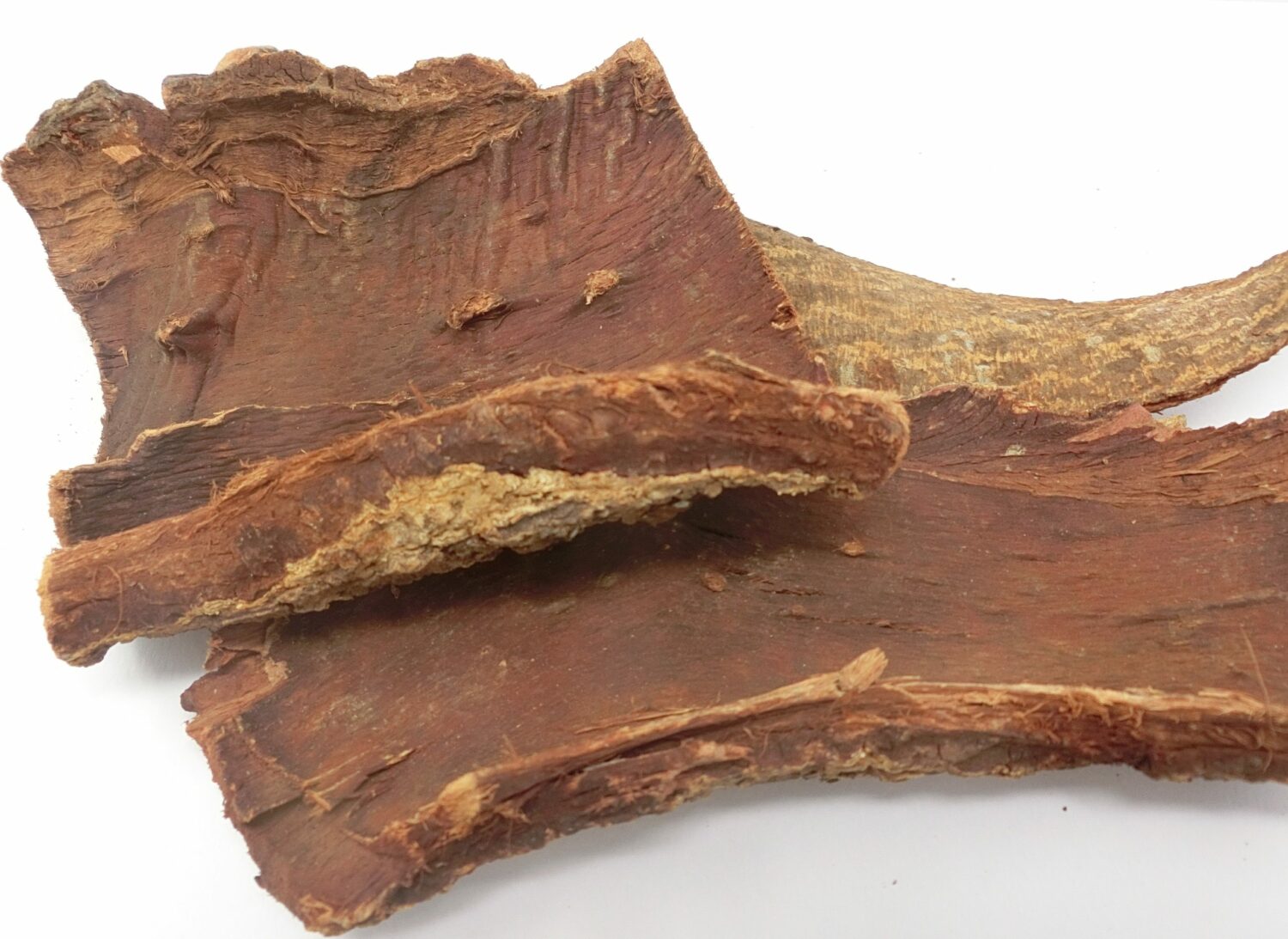
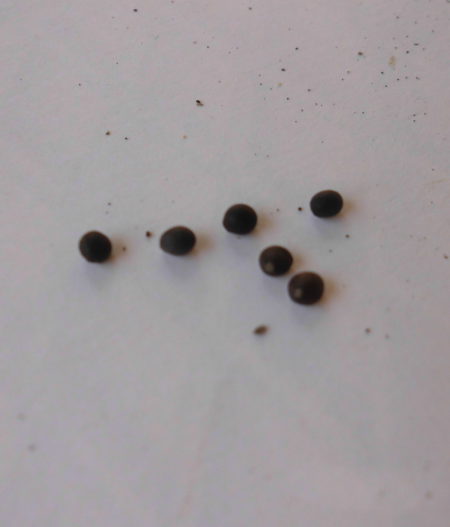
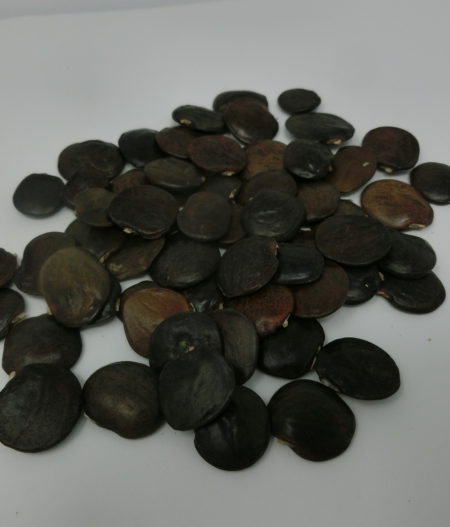
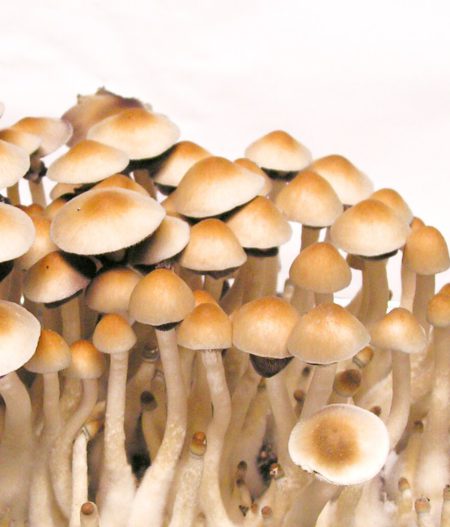
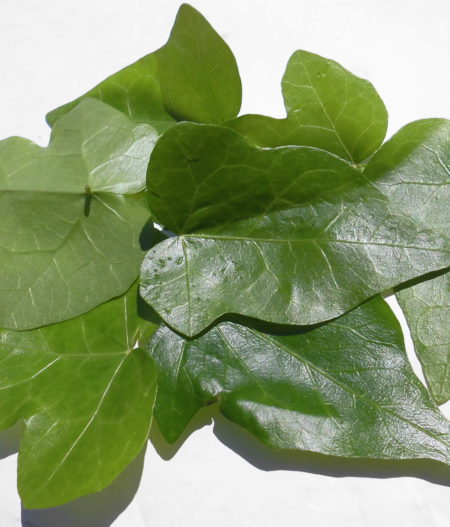
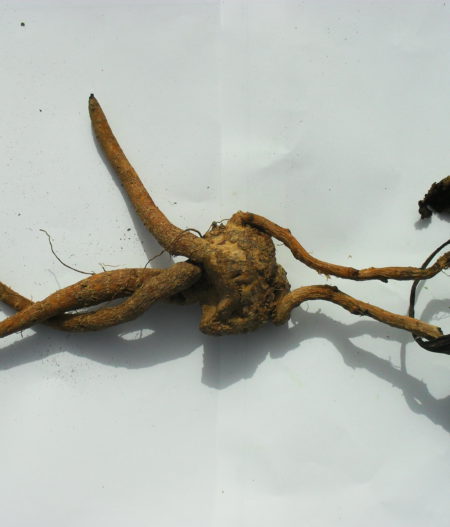
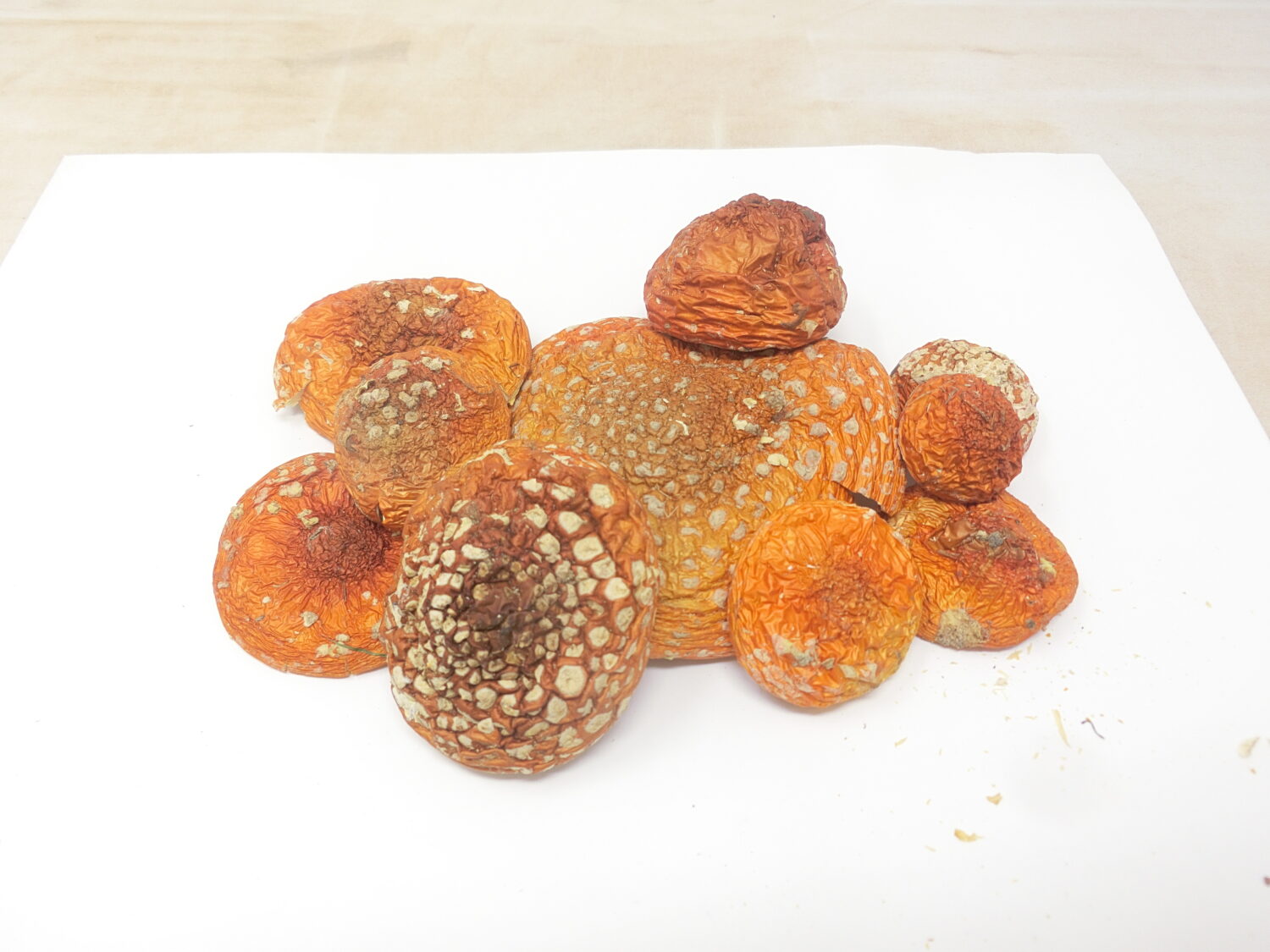
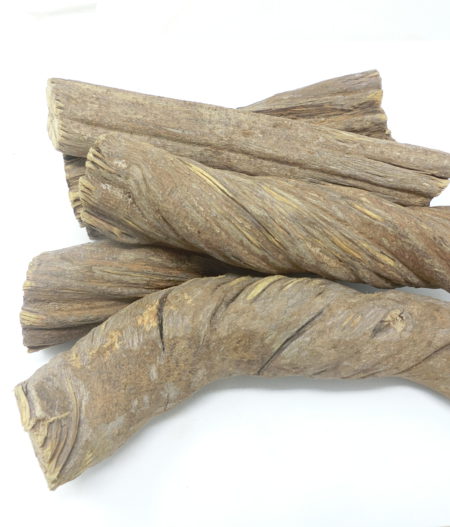
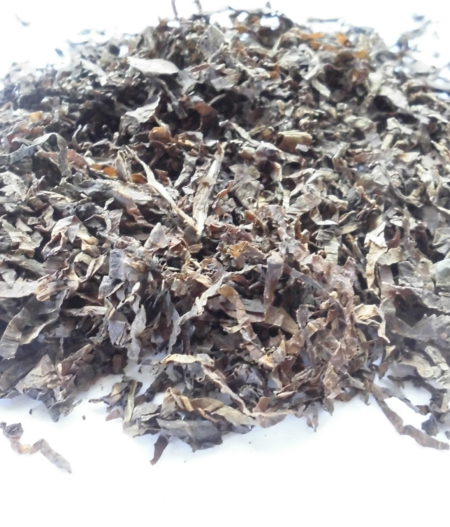
Recensioni
Ancora non ci sono recensioni.